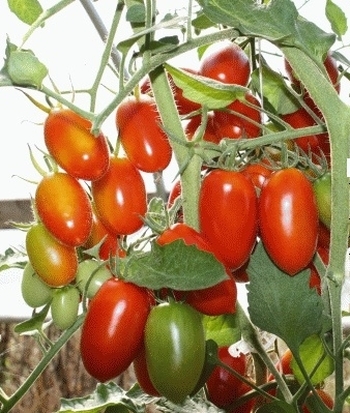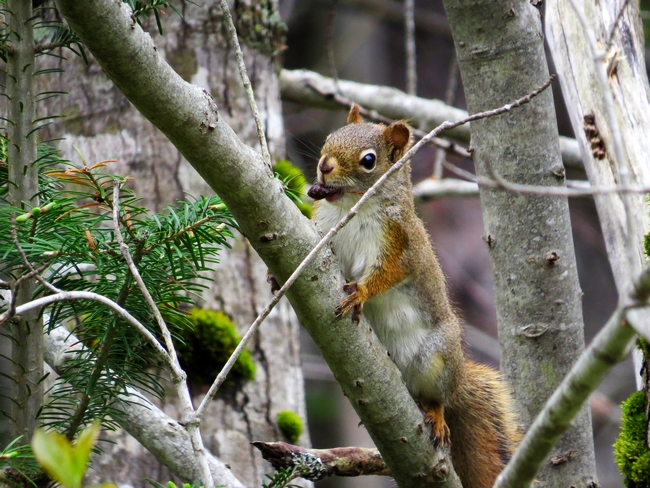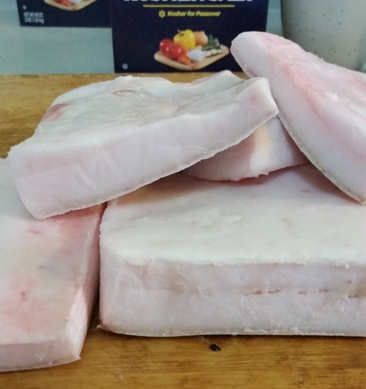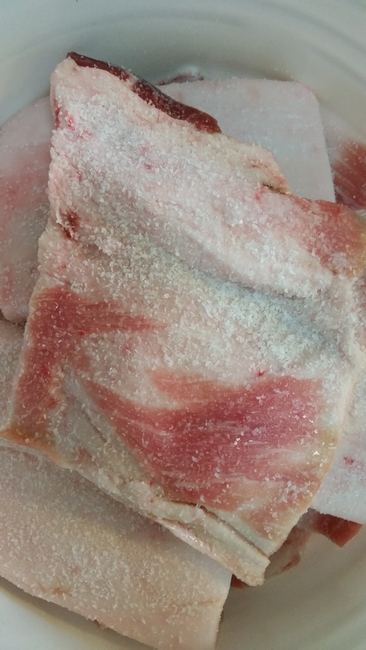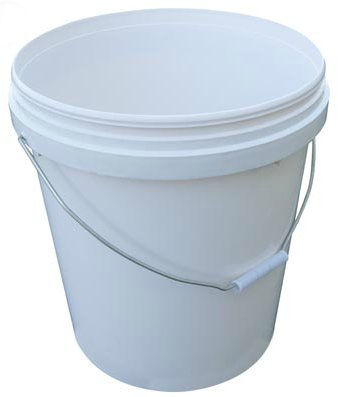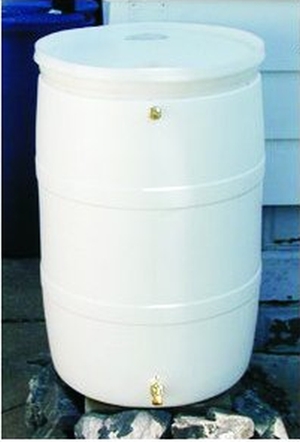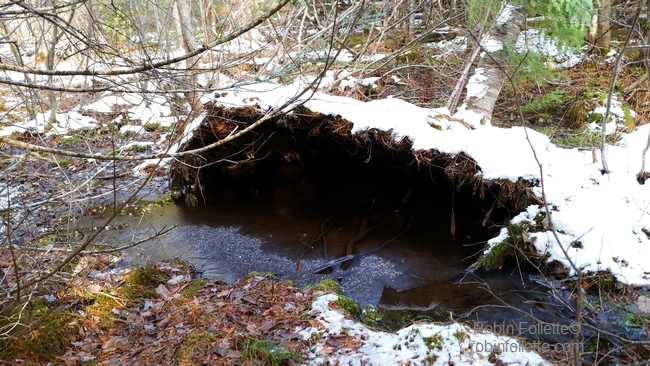It’s time to plan what to grow in the garden. Yes, yes…it’s only January, but it’s time. A mug of something hot to drink, paper and pencil to sketch the garden plan, day dreaming of warm weather, your hands in the soil and fresh food and flowers – it’s a great way to spend a winter day.
What should you grow in the garden? How much of each plant do you need? Where should it be planted? There’s a lot to consider but we’ll break it down into small items and make it easier.
What should you grow? What do you like to eat?
We’re going to start this series with tomatoes. We’ll talk about peppers, broccoli, cabbage, cauliflower, cumbers, pumpkins, squash and root crops, too. If there’s a vegetable you’d like to read about soon please let us know and we’ll bump it to the top of the list.
 Tomatoes are the all-time favorite. There’s nothing like a vine-ripened tomato, still cool early in the morning, full of natural sugar and juice, fresh from the garden.
Tomatoes are the all-time favorite. There’s nothing like a vine-ripened tomato, still cool early in the morning, full of natural sugar and juice, fresh from the garden.
- Cherry – prolific producers of tiny tomatoes. Cherry tomatoes are the candy of tomatoes. You can pick them and pop them into your mouth without having to slice them or worry about dripping juice and seeds on your shirt. One to two plants per person will be enough to provide you with fresh cherries to eat in the garden and plenty to bring into the house for salad and snacking.
- Slicing – thick slices of tomato on a BLT or cheeseburger come from slicing varieties. One or two plants per person should provide enough fresh tomatoes for the house and more to share with friends in a good year. In an iffy year with cool weather or too much rain, that should be enough for the household.
- Paste tomatoes – the varieties used for sauce, paste and stewed tomatoes. This one is a little trickier to decide. Production between varieties can vary a lot, the thickness of your sauce and stewed tomatoes is a personal choice, and how often you’ll want to use a pint or quarter is subject to your menu. The best thing about these tomatoes is that if you put up more than you use in a year they store well. Four plants per person is a conservative number. If you don’t have enough paste tomatoes you can substitute with cherry and slicing tomatoes but will need more of those per quart of end product because they aren’t as meaty and have more juice.
Tomato plants can be as short as three feet tall and strong enough to support themselves to more than 20 feet long, clipped to twine and sprawling over support. Choose your varieties based on how big the plants will be at maturity and how much space you have for them.
Most varieties need support. It can be as simple as a tomato cage or as involved as a solid frame. Twine strung from the frame can be used to clip the vines to. This method is labor intensive as it requires clipping and pruning several times a week but it produces large amounts of fruit.
Determinate varieties of stop growing at their full height and ripen most of their fruits in a short time. They’re best for limited space and short growing seasons. If you want a lot of paste tomatoes at once for canning, chose a determinate variety.
Indeterminate varieties of tomatoes continue to grow. They continue to produce fruit as they grow. They’re harder to control and require more pruning but if you have a long growing season and the space for them they’re a great way to go.
Deep watering once or twice a week is much better for tomatoes than frequent, shallow watering. Roots will grow deeply into the soil, pulling up nutrients and giving large plants a strong base. Adequate watering helps prevent blossom end rot (BER). Roots pull calcium into the rest of the plant as they bring in water. Shallow watering can causes problems when you get large amounts of rain. The tomatoes won’t be used to a lot of water, will grow too fast and the skins will crack.
Next week we’ll talk about cool weather crops.

